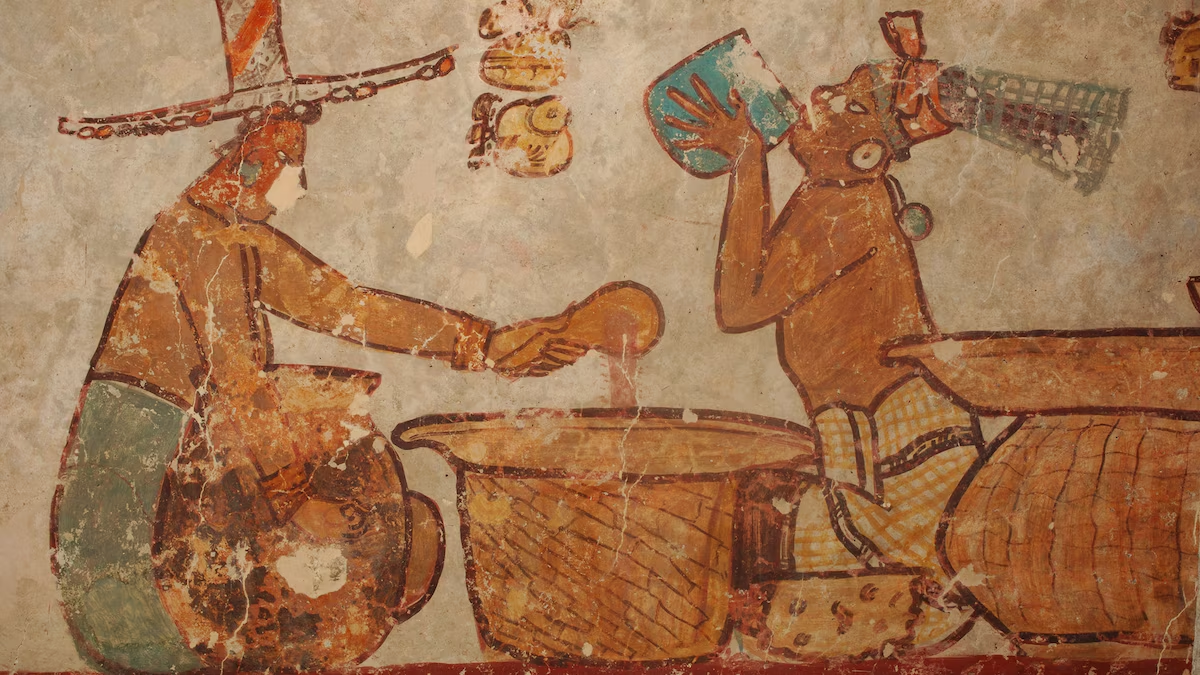In ancient mesoamerica cacoa trees were seen as a gift from god. This made cocoa very valuable to mainly the Mayans and Aztecs. Cocoa was even seen as a currency and more valuable than any silver or gold. They also melted down chocolate into essentiatially a hot cocoa mixture and named it, "Xocolatl", which means bitter water.

When Spanish explorers arrived in the Americas, they discovered cocoa and brought it back to Europe. Initially, cocoa was enjoyed as a beverage, often mixed with spices and sugar. Cocoa quickly became popular among European aristocracy. By the 17th century, chocolate shops began to appear in major cities like London and Paris.
In the 19th century, advancements in processing methods led to the creation of solid chocolate. Companies like Cadbury, Nestlé, and Hershey's revolutionized the production and consumption of chocolate. Today, chocolate is enjoyed by people all over the world in various forms, from bars and truffles to hot cocoa and ice cream. The global chocolate industry is currently valued at 130 billion and is expected to reach 200 billion by 2030.

Information from https://www.history.com/topics/ancient-americas/history-of-chocolate